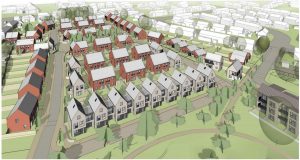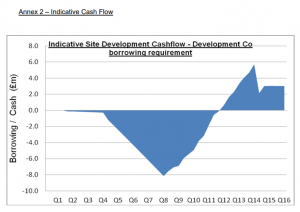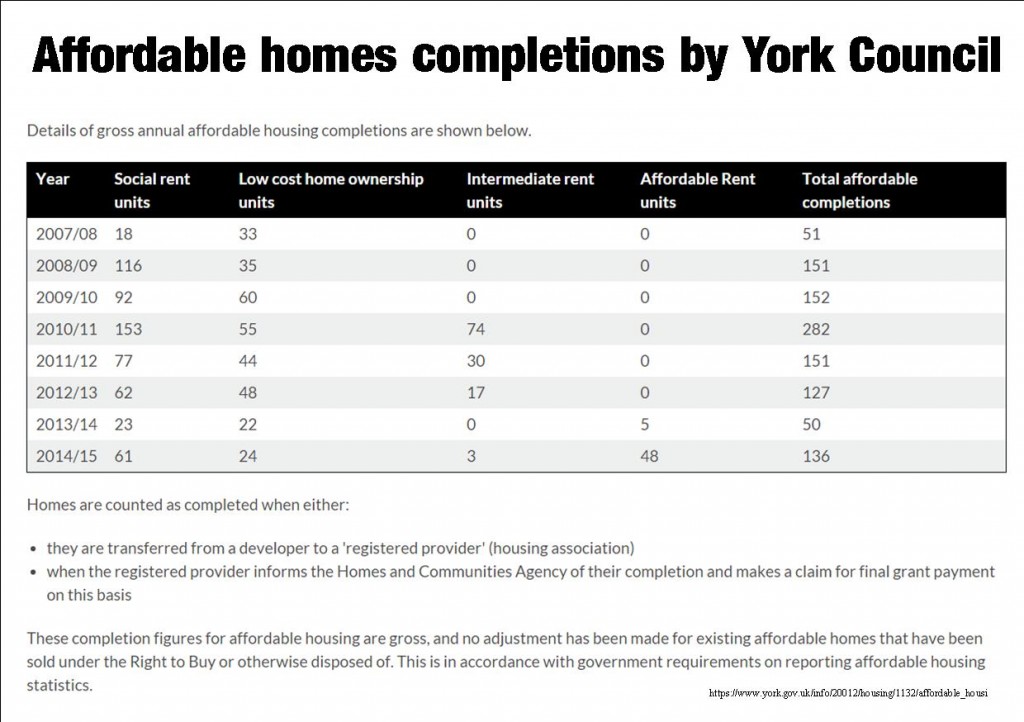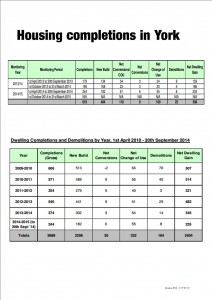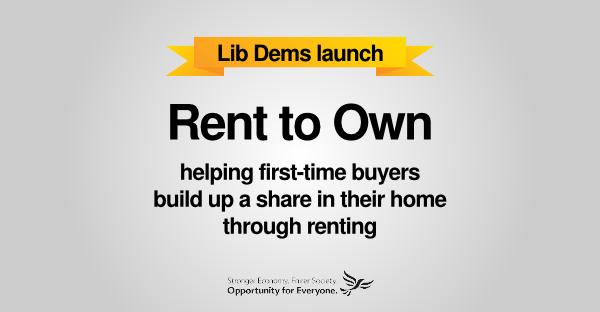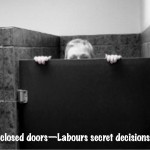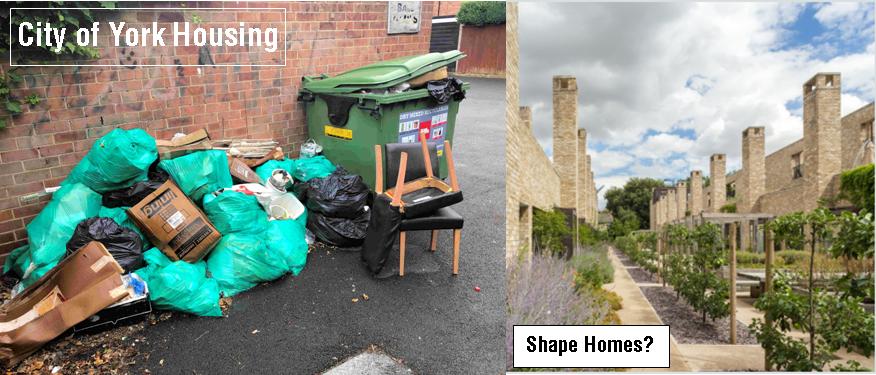
The Council is to adopt a pseudonym when it tries to sell any new homes that it builds in York. The decision comes in the wake of research which suggests that many potential buyers regard the Council as a provider of cheap, lower specification homes.
So, the Council will in future market itself as “Shape Homes York”. The revelation comes in a report being considered later this week
The Council’s poor image on housing is easy to understand given the litter and weed infested state of many Council estates. Unnecessary cuts to maintenance regimes have led to a fall in tenants’ satisfaction. This has affected the Councils image more generally.
The report also reveals what is claimed to be a new approach to design and public consultation on the sites that it will develop over the next few years. Around 600 new homes are planned.
Major mistakes were made at Lowfields where bogus promises of a new health centre and police station were included in marketing material. It later turned out that neither was likely to materialise while a proposed elderly persns home has been delayed. Residents became even more hostile towards the council when it was revealed that “replacement” sports pitches (those at Lowfield are being built on) would be provided at a site located some 3 miles away and lacking a public transport link.
The Council plans developments at Askham Bar, Burnholme, Duncombe Barracks, the former Manor School, the former Clifton Without School, and the former Woolnough House sites.
The brownfield (and unused) Askham bar car park site is being slipped down the priority list to allow for early work at Ordnance Lane and Hospital Fields Road.
The Council expects around 40% of the properties it builds to be “affordable”. They will be cross subsidised by market sales by the new “Shape Homes” front organisation. The Council has set up a new department to manage the programme and has recruited a large number of additional administrative staff. The overall cost of the programme is £154 million.
The Council has also published a design manual which they claim indicates how its new homes will look. It includes some high efficiency homes which will have low running costs (Passivhaus)
As the, currently stalled, Lowfield development has revealed, Council propaganda rarely these days accords with reality.
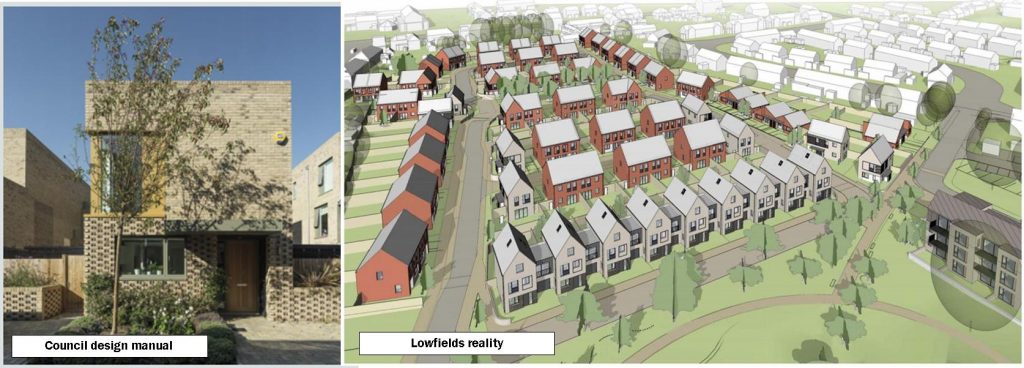
In setting up its own housing building operation, we think that the Council may be overextending itself.
It is still trying to bring to a conclusion the £42 million Community Stadium project, it announced last week that £20 million would be spent on redeveloping a business club at the Guildhall while the first tranche of work on the £1 billion York Central site is due to start later in the year.
& all that from a local authority which doesn’t even have a permanent Chief Executive working for it at present.

